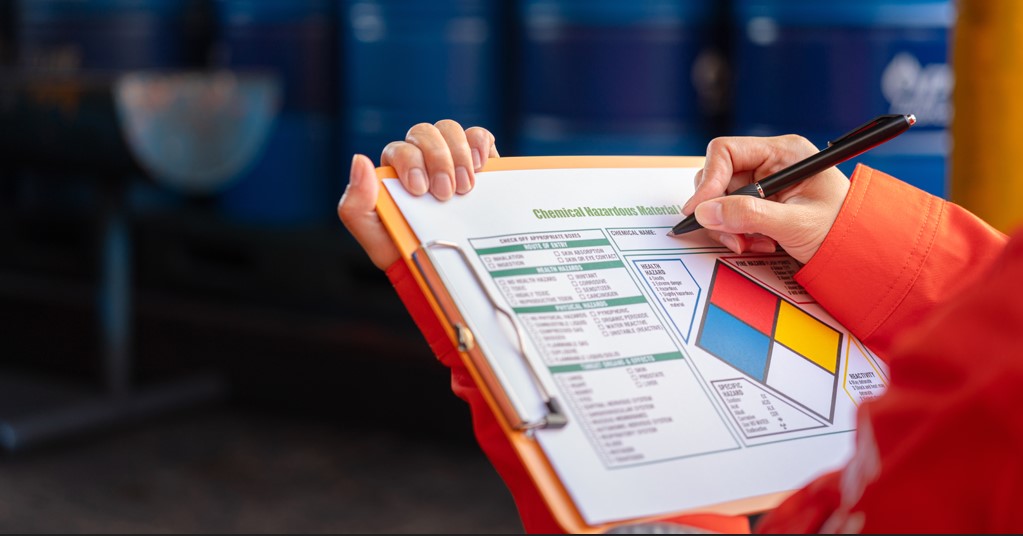
New NIOSH Tools Help Manage Chemical Exposure

Many chemical substances do not have occupational exposure limits (OELs) for the workplace, potentially exposing workers to substances at levels that could be harmful. The National Institute for Occupational Safety and Health (NIOSH) recently released a chemical management strategy that can quickly and accurately assign chemicals into categories to help protect workers on the job.
Occupational exposure banding (also called hazard banding or health hazard banding) is a process that assigns each chemical to a category based on toxicity and negative health outcomes associated with exposure to that chemical. A new Technical Report – The NIOSH Occupational Exposure Banding Process for Chemical Management – provides a process with easy procedures and clear rules for assignment that can be used in a wide variety of workplace settings.
The occupational exposure banding process is not meant to replace quantitative occupational exposure limits. It is a voluntary approach that provides a starting point for decision making regarding control of chemical substances that do not have OELs.
How Exposure Banding Works
The banding process provides a series of concrete steps to guide users through the evaluation of health hazard information and identification of the appropriate occupational exposure band. The process starts with a three-tier approach. Each tier has different data requirements, which allows a variety of stakeholders to use the process in many different situations. Tier 1 requires relatively little information and modest specialized training. Successive tiers require more data and expertise to successfully assign an occupational exposure band.
Next, banding groups chemicals into one of five bands, ranging from A through E. These bands, or OEBs, define the range of air concentrations expected to protect worker health, with Band A the highest and band E the lowest.
The report describes use and application of the banding process and includes a summary of efforts taken to evaluate its effectiveness and usability. NIOSH also created an E-tool that automates the banding process. Users must register with a business email and password to access the e-Tool, which allows them to save data or edit entries at a later time.
“NIOSH has devoted significant efforts to develop, assess and validate the occupational exposure banding strategy with the overall goal of reducing safety and health risks for workers,” said NIOSH Director John Howard, M.D. “In the absence of formalized OELs, the exposure banding approach serves to identify workplace hazards and helps employers implement control strategies that keep workers safe on the job.”
The new resource can serve as a foundation for making exposure-control decisions. Public health agencies, practicing occupational health and safety professionals, employers, trade associations, labor organizations and state-level programs can use the banding process to protect workers from occupational exposures to chemicals.

